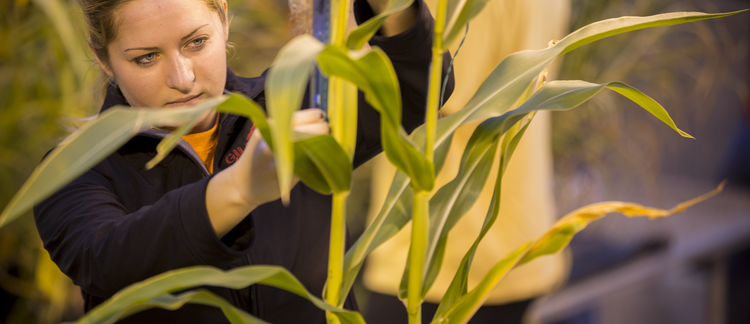Abstract
The majority of the ethanol currently produced in the United States is derived from the hydrolysis and fermentation of starch provided from corn (Zea mays) grain. Although this is a suitable temporary solution, there are some long-term issues associated with continued use of corn grain as an ethanol feedstock. It has been estimated that if the entire U.S. corn crop was used for ethanol production, it would only meet approximately 15 to 25% of the U.S. transportation fuel need. Thus ethanol produced from biomass is expected to help meet the energy needs that grain ethanol may not provide.
Keywords: RFR A9005, Agronomy
How to Cite:
Goff, B. M., Moore, K. J., Fales, S. L. & Heaton, E. A., (2010) “Potential for Sorghum Genotypes in a Double-cropping System”, Iowa State University Research and Demonstration Farms Progress Reports 2009(1).
Downloads:
Download pdf
View PDF
214 Views
92 Downloads

